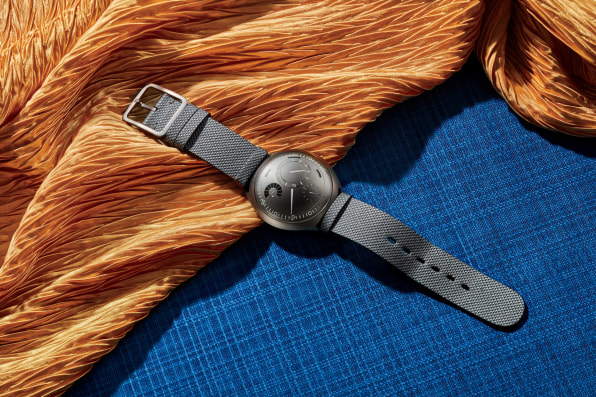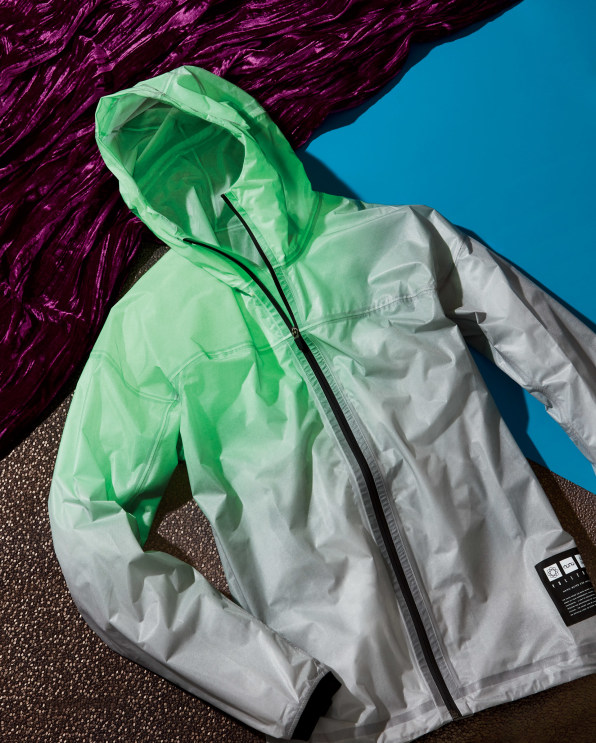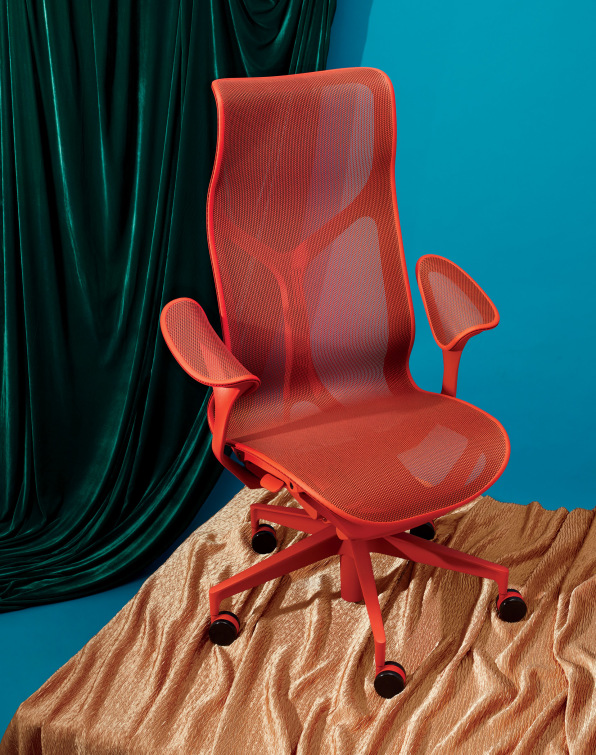Meet the 2018 Innovation by Design award winners

Recently, a group of Irish designers and researchers conducted a study to see if technology could repair the relationship between citizens and local government. Their work revealed that a cleverly designed, communication-facilitating chatbot could increase faith in government.

It’s a heartening demonstration of design’s ability to strengthen ties between citizens, government, and society—a real feat at a time when the world is witnessing all too clearly how seemingly smart design can also contribute to the erosion of democracy. The past decade has seen the rise of user-centered design, a philosophy that fetishizes ease of use to the point of ultimately granting users very little control over their technology experiences. It rose in tandem with mobile computing and enabled countless conveniences: We can now hail a car, order food, or transfer money with a few simple swipes. But the cost has been steep. In exchange for streamlined experiences, we’ve unwittingly relinquished our privacy and forfeited much of our direct human contact. We’ve even let social media algorithms shape our political discourse.
The future of design is about more than coddling users. It’s about giving them power over their technology.

Honorees of Fast Company’s 2018 Innovation by Design Awards hint at a world in which privacy and user-friendliness are better calibrated. Are.na, a subscription-based social network that was this year’s General Excellence winner, was designed to avoid the Faustian bargain of many existing social networks, such as Facebook, that swap a free service for the right to mine and manipulate users’ data. Relay, an honoree in the Products category, is a screen-free device that kids can use to talk with friends and family. Both highlight an emerging design trend: removing some conveniences in order to give users more control over their experiences and digital identities. Are.na has no thumbs-down button for voicing your anger, and Relay lacks the computing capabilities of the devices we all keep in our pockets. Yet neither compromises our privacy in the bargain.

Another focus for designers this year is inclusivity. Companies are incorporating the needs of historically excluded communities, such as people with disabilities, into the design process. Google, for example, worked with developer Tania Finlayson, who was born with cerebral palsy and lacks the use of her limbs or voice, to create a keyboard that allows people with limited mobility to communicate in Morse code through their smartphones. Microsoft partnered with the visually impaired developer Saqib Shaikh to design Seeing AI, an app that uses artificial intelligence to identify people, things, colors, text, and more for low-vision and blind users.

The design of empowerment has made its way into architecture and urbanism, too. The NBBJ-designed Amazon Spheres, an office building-cum-greenhouse, eschews the language of productivity and instead encourages employees to very literally stop and smell the roses. Studio Gang has reimagined the local police station as a locus for neighborhood life. The point here isn’t that design swoops in and saves the day. It merely ushers people toward better outcomes. “If design can help people start to connect and build relationships to each other,” says Studio Gang’s founder Jeanne Gang, “it will create more resiliency within that community.”

The big question for companies is whether design that shifts the power dynamic toward consumers is good for the bottom line. Companies that generate revenue from users’ data are no doubt loath to cede much control to those users. But this year’s IBD honorees suggest that more than a few businesses are betting on the competitive edge that human-centered, privacy-focused design will provide in the future. And there is mounting evidence that failure to do so will be debilitating: Witness Facebook’s inability to build audience in the wake of its Cambridge Analytica scandal.

Google offers an intriguing case study. No other company has mastered user-centered design at such scale and across so many product categories, from email to smart speakers—all while hoovering up customers’ personal information. But following high-profile data breaches like Cambridge Analytica and Equifax, users are growing wary of handing over their data. Companies and shareholders may be increasingly skeptical, too: With costs more than $400 million (and counting), Equifax’s breach is estimated to be the most expensive corporate hacking incident in history. In this climate, Google has been introducing design changes to give customers a clearer picture of their digital footprint, and Google CEO Sundar Pichai suggests more adjustments may be on the way—shifts, he believes, that are just good business.
